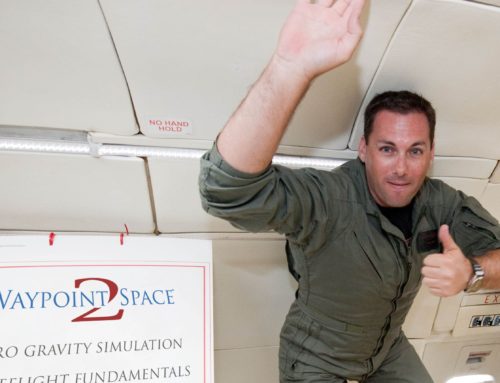From Yahoo.com courtesty of Space.com
If humanity is serious about traveling to other star star systems in the foreseeable future, it needs to get the ball rolling now, say experts who have organized an upcoming conference on the subject.
Pulling off our species’ first interstellar spaceflight will require many decades of hard work by some of the planet’s best minds. Some scientists and engineers are pushing for that work to begin now.
“An interstellar mission will be a pan-generational initiative requiring an immense investment of intellectual and financial capital, and so the necessary programs need to begin today,” Richard Obousy, president and co-founder of Icarus Interstellar, a nonprofit group devoted to pursuing space travel to another star, said in a statement. [Gallery: Visions of Interstellar Flight]
“It’s time to take action so that our children and grandchildren look back upon this era as the time when we made the decision to work together instead of against one another,” Obousy added. “And as the time when true human history began.”
Interstellar spaceflight conference
To help make all of this happen, Icarus Interstellar is hosting a conference called Starship Congress this August. The meeting, held Aug. 15-18 in Dallas, will bring together space scientists, engineers and other experts to discuss the possibilities and implications of interstellar flight.
Some of those implications are ethical, conference organizers say. If humanity sends a probe to a star system hosting alien life, for example, how will the residents respond?
“Aside from the logistics and enterprise of interstellar travel, just by taking into consideration our own record of human contact with one another makes it plainly obvious these topics are of astounding consequence,” Mike Mongo, creative strategy director for Starship Congress, said in a statement.
The conference will take a practical look at instellar spaceflight, investigating how it can be achieved on a step-by-step basis. The first day, for example, will address the near future (the next 20 years), while the second and third days will take a longer view (20 to 50 years out and 50 to 500-plus years away, respectively).
Starship Congress organizers plan to publicize the meeting in part using money raised via a campaign on the crowdfunding website Kickstarter. This 30-day campaign, which began May 17, aims to raise $10,000; as of today (June 5), it has hauled in about $4,600.
New tech needed
Interstellar space exploration will require advanced propulsion technology capable of propelling spacecraft far faster than today’s chemical rockets.
Possible alternatives include harnessing the power of nuclear fusion or matter-antimatter reactions, or beaming super-focused light onto a probe equipped with a gigantic sail. Some engineers are even studying the possibility of faster-than-light travel using a spacetime-bending “warp drive.”
None of these technologies are close to flight-ready, but Obousy is optimistic that one of them will send humanity’s first interstellar spacecraft on its way by the end of the century.
“I think a lot of people tend to overestimate what we can accomplish in the short term, in the next five to 10 years,” he told SPACE.com earlier this year. “But they also vastly underestimate what we can accomplish in the long term, decades or a century from now.”


